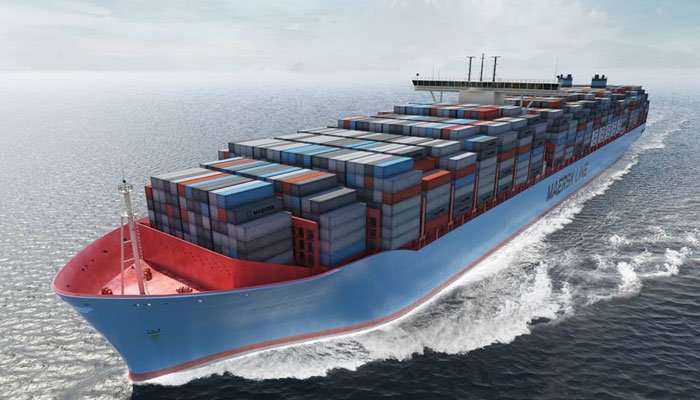Pakistan couldn’t benefit from the US trade restrictions on China to increase exports due to much reliance on cotton-based textiles contrary to the growing global demand of manmade fibres, analysts said on Saturday.
Ehsan Malik, chief executive officer of Pakistan Business Council (PBC) said the country’s export portfolio is largely cotton based, whereas there is a fastest growth in demand of manmade fibres in the international market and the US, , the biggest destination for Pakistani goods.
Malik said China is the cheapest supplier of manmade fibres, “but Pakistan has not been able to benefit by importing this to make apparel as it is not feasible after paying anti-dumping duty, which even exporters have to pay.”
“We have not benefited as much from the US trade restrictions on China as others have,” he said. “Countries like Vietnam and Bangladesh import Chinese and other makes of manmade fibres to become substitute suppliers to China in the US.”
In April, the US imposed new trade restrictions on China after the infection outbreak.
Although exports have recovered to pre-COVID monthly level of $2 billion in September, October and November, this recovery was due to low value-added apparels and home textiles.
“The improvements in textile exports seem to be compensating for lower food imports,” said Faizan Ahmed, head of research at BMA Capital. “The improvement trend in monthly exports is likely to continue going forward. Appreciation in value of Bangladeshi Taka, timely refund disbursements, availability of cheap financing and support to the sector is resulting into improved numbers.”
Exports rose 7.7 percent to $2.2 billion in November from $2 billion in the same month of last fiscal year, according to the Pakistan Bureau of Statistics. In July-November, exports increased 2.1 percent to $9.7 billion.
Total exports are expected between $23 to 24 billion this fiscal year, according to industry estimates. Improvements are mainly coming from textile exports, both in terms of quantity and prices.
The central bank projects export values in the range of $23.4 to 23.8 billion in FY2021 – higher than the $22.5 billion recorded in FY2020. The government set an annual export target of $22.7 billion.
“The sustainability of this momentum will depend on how the world aggregate demand improves and the global economies recover from coronavirus pandemic,” said Malik.
“Demand in the west for the cheaper spectrum of apparel has not suffered as much as it has for higher value-added textiles. Also people working and staying at home are renewing towels, bed-sheets more often than they did hitherto.”
PBC chief said growth sustainability depends on normalcy in western markets following the rollout of coronavirus vaccines.
Exports to the United States rose to $1.4 billion in July-October FY2021 from $1.4 billion a year ago, according to the State Bank of Pakistan, which has not released July-November data.
Exports to China fell to $462.2 million in July-October FY2021 from $586.3 million in the corresponding period of last fiscal year.










Add comment